Paddy Cultivation in West Bengal: A Crucial Aspect of Indian Agriculture
Introduction
Paddy cultivation holds a significant place in India’s agrarian landscape, with West Bengal standing out as a major contributor to the country's rice production. The state's favorable climatic conditions, fertile soil, and well-developed irrigation systems make it an ideal region for paddy farming. This article delves into the intricacies of paddy cultivation in West Bengal, exploring the different crop seasons, the role of pesticides and fungicides, and the overall importance of this agricultural practice to both the state and the nation.
Paddy Cultivation in West Bengal: An Overview
West Bengal, often referred to as the "Rice Bowl of India," is one of the largest rice-producing states in the country. The state contributes significantly to the national rice output, with its diverse agro-climatic zones supporting extensive paddy cultivation. According to the Ministry of Agriculture, West Bengal produced approximately 15.75 million tonnes of rice in the 2020-2021 season, accounting for about 14% of India’s total rice production. The cultivation is primarily concentrated in districts like Bardhaman, Murshidabad, Nadia, and Hooghly, which are renowned for their high yield and quality produce.
Blurb: West Bengal, known as the "Rice Bowl of India," contributes significantly to the nation's rice production with its ideal agro-climatic conditions.
Kharif Season: The Primary Paddy Crop
The Kharif season, also known as the monsoon season, is the primary period for paddy cultivation in West Bengal. This season typically begins with the onset of the southwest monsoon in June and continues until November. Kharif rice, also known as Aman rice, is sown in June-July and harvested in November-December. This crop depends heavily on monsoon rains, making it vulnerable to fluctuations in rainfall. Despite this, the Kharif season is the most productive period for paddy cultivation in West Bengal, with vast stretches of paddy fields transforming the landscape.
Blurb: The Kharif season, reliant on monsoon rains, is the primary and most productive period for paddy cultivation in West Bengal.
Rabi Season: The Secondary Paddy Crop
The Rabi season, spanning from November to April, serves as the secondary period for paddy cultivation in West Bengal. Rabi paddy, known as Boro rice, is typically sown in November-December and harvested in April-May. Unlike the Kharif season, Rabi cultivation relies on irrigation rather than rainfall, making it less dependent on climatic variations. The introduction of high-yielding varieties and improved irrigation techniques have significantly boosted Boro rice production in the state, ensuring a steady supply of rice throughout the year.
Blurb: The Rabi season, with its reliance on irrigation, complements the Kharif season by providing a secondary but significant period for paddy cultivation in West Bengal.
The Role of Pesticides and Fungicides in Paddy Cultivation
Pesticides and fungicides play a crucial role in paddy cultivation by protecting crops from pests and diseases, which can significantly impact yield and quality. In West Bengal, farmers use a variety of chemical and biological pesticides to control common pests such as the rice stem borer, brown planthopper, and leaf folder. Fungicides are employed to combat diseases like rice blast, sheath blight, and bacterial leaf blight. The judicious use of these chemicals ensures healthy crop growth and maximizes productivity. However, over-reliance on chemical pesticides has raised concerns about environmental impact and human health, prompting a shift towards integrated pest management (IPM) practices.
Blurb: Pesticides and fungicides are vital in protecting paddy crops from pests and diseases, though sustainable practices are increasingly necessary.
Integrated Pest Management: A Sustainable Approach
Integrated Pest Management (IPM) is gaining traction among paddy farmers in West Bengal as a sustainable approach to crop protection. IPM combines biological, cultural, mechanical, and chemical methods to manage pests and diseases in an environmentally friendly manner. Techniques such as crop rotation, use of pest-resistant varieties, and biological control agents like parasitoids and predators are increasingly being adopted. The West Bengal government, along with various agricultural institutions, actively promotes IPM practices through training programs and subsidies, aiming to reduce the reliance on chemical pesticides and enhance long-term agricultural sustainability.
Blurb: Integrated Pest Management (IPM) offers a sustainable and eco-friendly approach to pest control in paddy cultivation, reducing dependency on chemicals.
Government Initiatives and Support
The government of West Bengal has implemented several initiatives to support paddy farmers and boost rice production. Subsidies on seeds, fertilizers, and pesticides, along with the provision of credit facilities, have alleviated financial burdens on farmers. The government also focuses on improving irrigation infrastructure and promoting the use of high-yielding and pest-resistant rice varieties. Additionally, training programs and workshops are conducted to educate farmers on modern agricultural practices and sustainable farming techniques. These efforts have collectively contributed to the resilience and productivity of paddy cultivation in the state.
Blurb: Government support through subsidies, infrastructure development, and training programs has bolstered paddy cultivation in West Bengal.
Challenges in Paddy Cultivation
Despite the robust framework supporting paddy cultivation in West Bengal, farmers face several challenges. Climate change poses a significant threat, with erratic rainfall patterns and rising temperatures affecting crop yields. Soil degradation and water scarcity further complicate the scenario, making sustainable farming practices imperative. Additionally, smallholder farmers often struggle with inadequate access to credit and modern technology, limiting their ability to adopt advanced agricultural methods. Addressing these challenges requires a concerted effort from the government, agricultural institutions, and the farming community.
Blurb: Challenges such as climate change, soil degradation, and resource scarcity underscore the need for sustainable practices in paddy cultivation.
The Economic Impact of Paddy Cultivation
Paddy cultivation is not just an agricultural activity but a critical component of the rural economy in West Bengal. It provides employment to millions of farmers and laborers, contributing significantly to their livelihoods. The rice produced in West Bengal is not only consumed domestically but also exported to various countries, adding to the state's revenue. Moreover, the ancillary industries related to rice milling, processing, and transportation also benefit from robust paddy production, highlighting its broad economic impact.
Blurb: Paddy cultivation is a vital economic activity in West Bengal, providing employment and contributing to both domestic consumption and exports.
Conclusion
Paddy cultivation in West Bengal is a testament to the state's rich agricultural heritage and its crucial role in India's food security. With favorable climatic conditions and government support, the state continues to excel in rice production. However, addressing the challenges posed by climate change and resource limitations through sustainable practices and modern technology is essential for the future. By embracing Integrated Pest Management and other innovative farming techniques, West Bengal can ensure the continued prosperity and resilience of its paddy farmers.
Blurb: Sustainable practices and modern technology are key to ensuring the future success and resilience of paddy cultivation in West Bengal.
 Get Android App
Get Android App
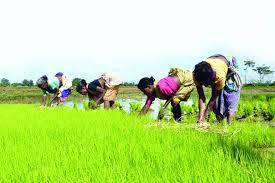
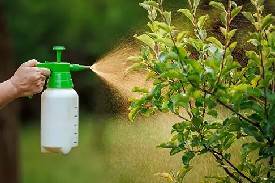
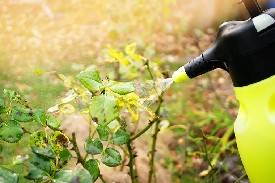
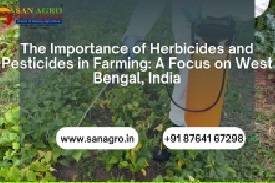
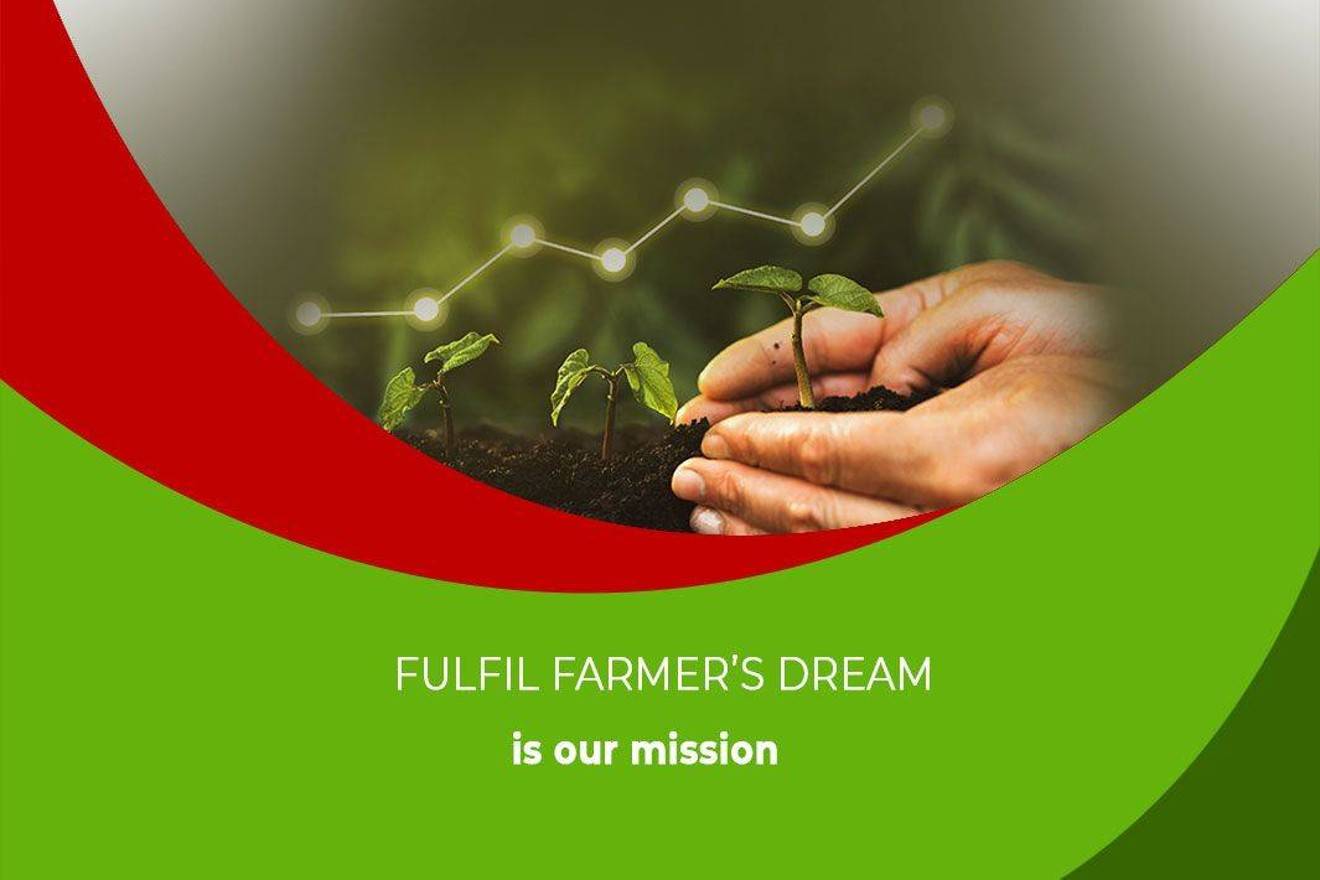
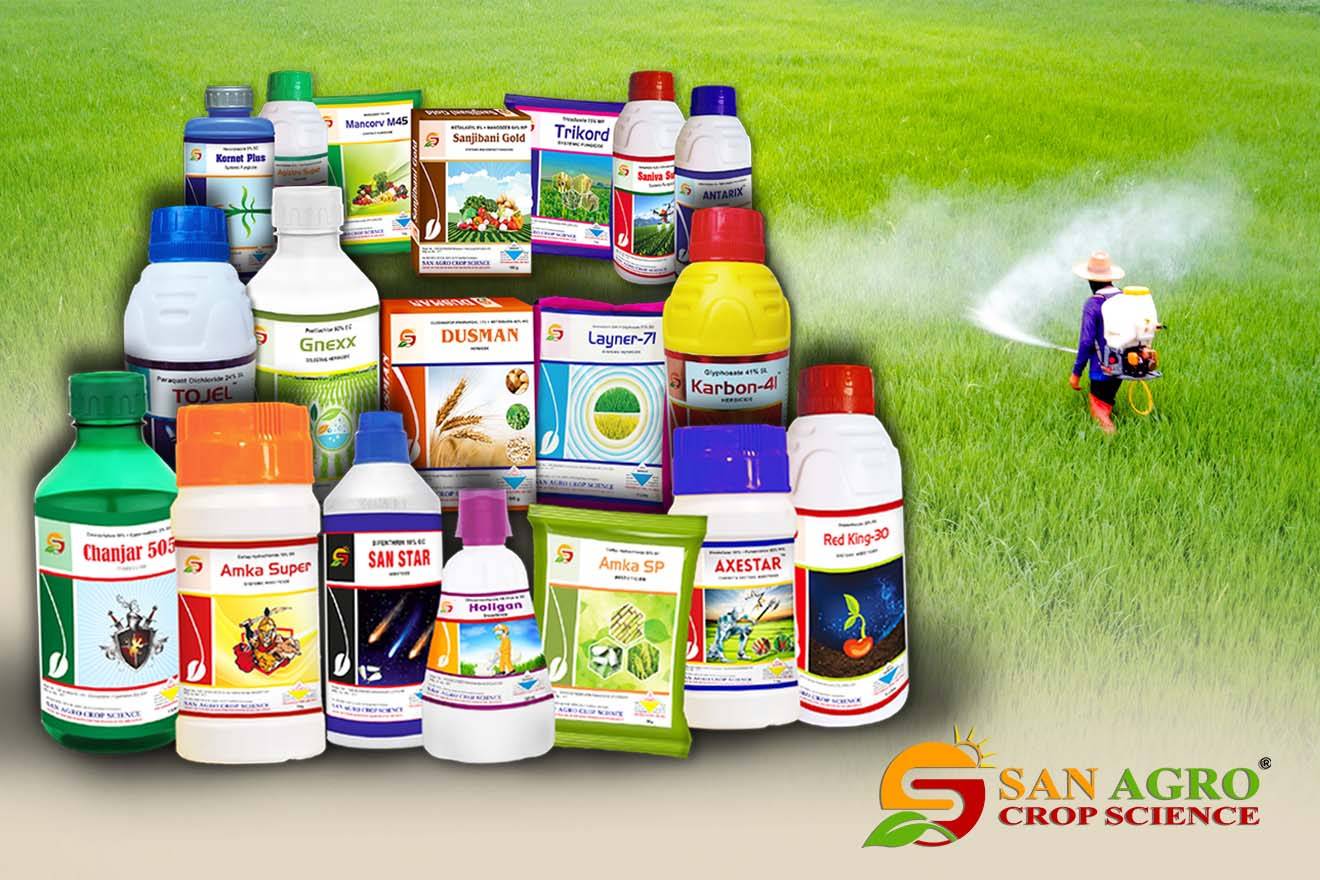
0 COMMENTS